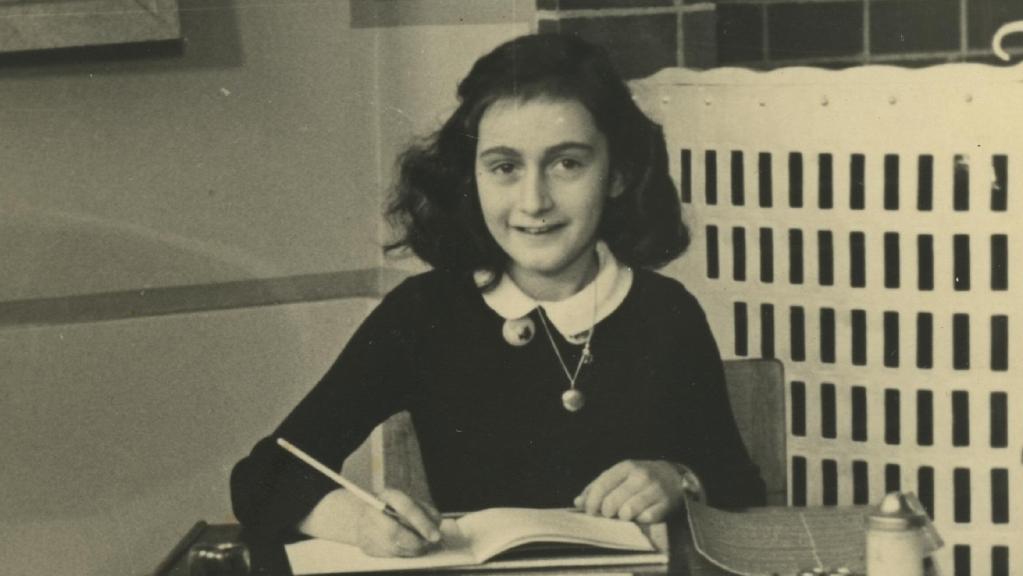As a seven-year-old in Edinburgh in 1810, Marjory Fleming coveted a Regency bonnet which “are become very fashionable of late”, she noted, adding “but if I had one it would not become me”.
The daughter of a rural accountant died after contracting measles in 1811, leaving an impressive diarised account of life through the eyes of a child, as encouraged by her teenage cousin and tutor Isabella Keith.
Across the Atlantic, in 1832 Louisa Alcott, then 10, wrote about climbing trees and running races, also diarising her daily 5am wake-up, followed by cold baths, singing lessons, playtime and tutoring in mathematics and writing.
And in England, Emily Pepys, 10, a descendant of London diarist Samuel, also adopted the fashionable habit of diary-keeping, recording romances and dramas in her comfortable family home of Hartlebury Castle for six months in 1844-45.
Her Jane Austin-type narration included her “love” for cousin Teddy Tyler, who did not answer her letters, as she noted in August 1844 after talking with a female cousin: “ ‘The boys send their love Emy, and hope you will write soon’, though it is their turn over and over. I should like very much to have a little private letter from Teddy to show me his heart, and also I should like to see him again to revive my love.”
In heartbreaking contrast are pages from the world’s best-known child diary, started in Amsterdam by German Jewish refugee Anne Frank 75 years ago today.
Read the full article by Marea Donnelly at The Daily Telegraph.

